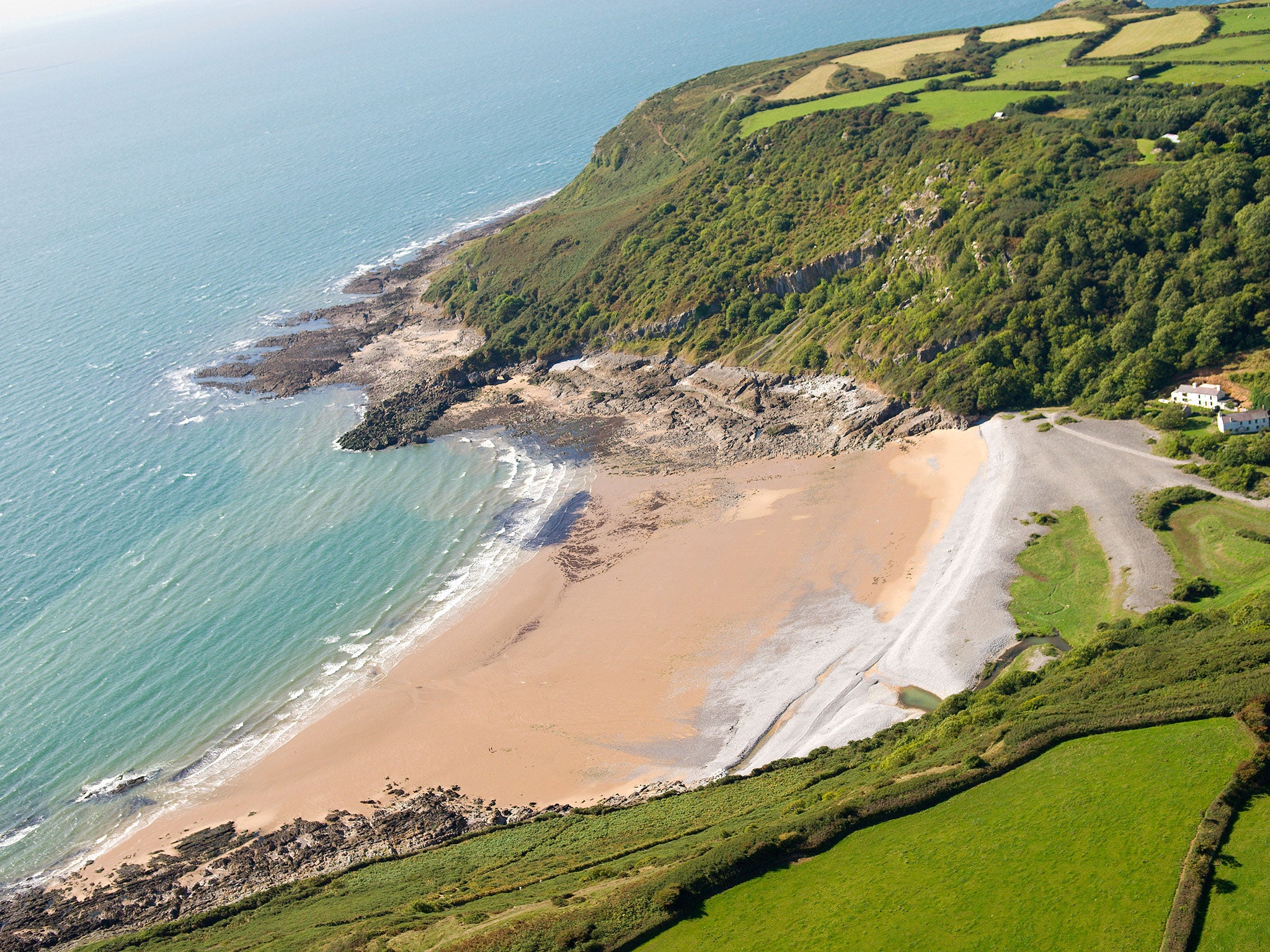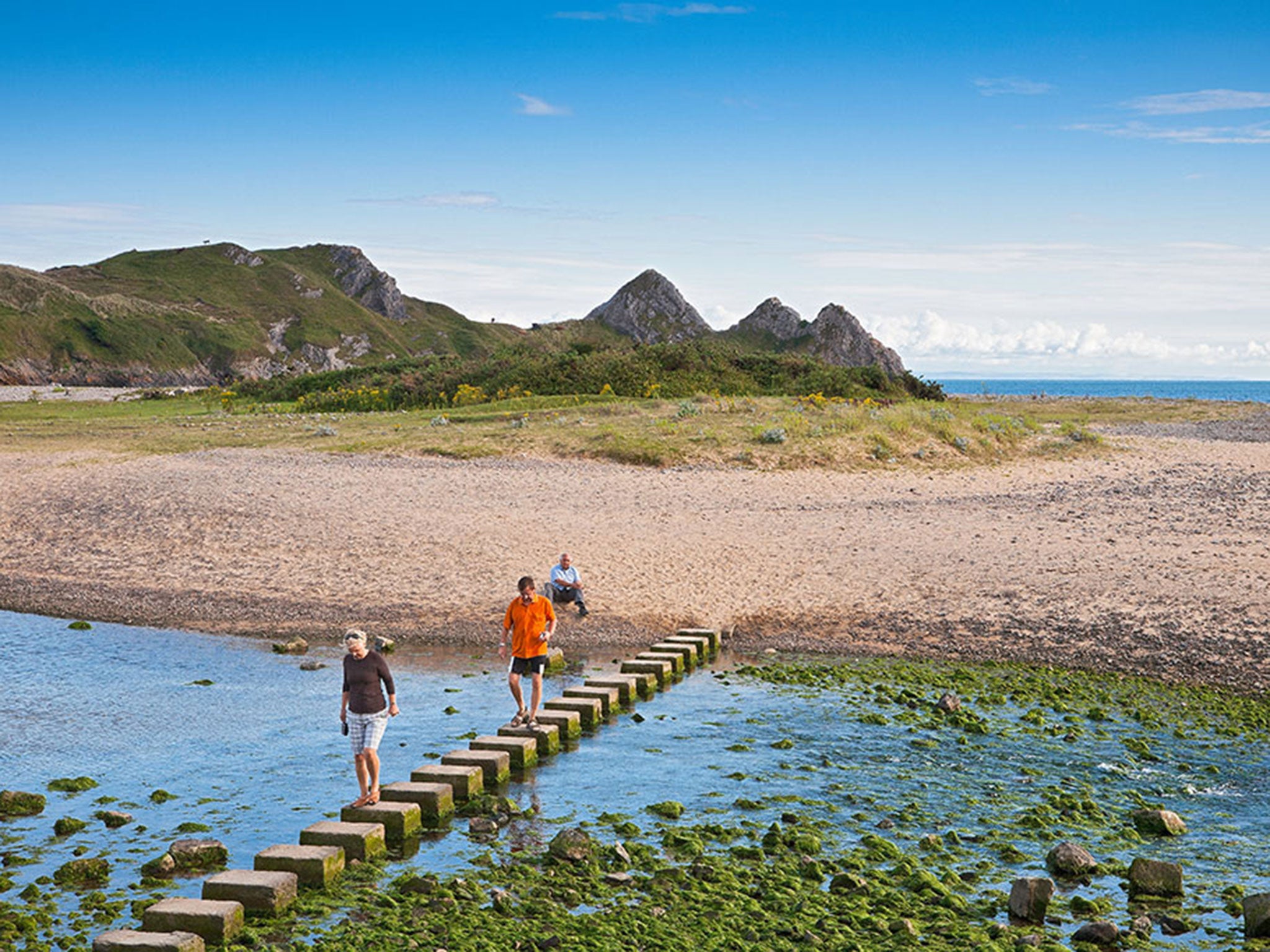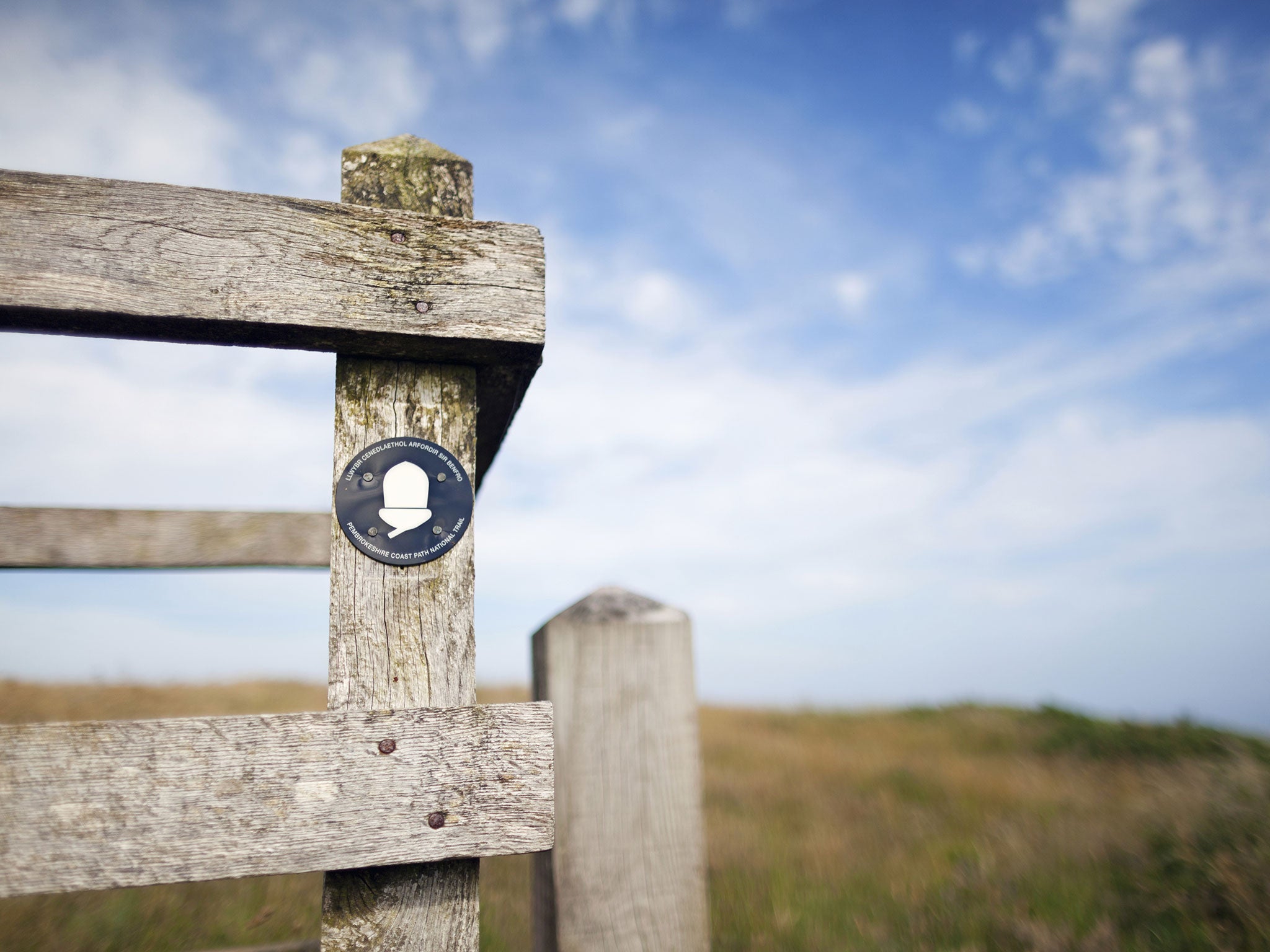The Independent's journalism is supported by our readers. When you purchase through links on our site, we may earn commission.
Sound waves: An auditory walk along the Gower Peninsula
The Sound of our Shores project leads Mark Rowe on a coastal ramble in Wales

Your support helps us to tell the story
From reproductive rights to climate change to Big Tech, The Independent is on the ground when the story is developing. Whether it's investigating the financials of Elon Musk's pro-Trump PAC or producing our latest documentary, 'The A Word', which shines a light on the American women fighting for reproductive rights, we know how important it is to parse out the facts from the messaging.
At such a critical moment in US history, we need reporters on the ground. Your donation allows us to keep sending journalists to speak to both sides of the story.
The Independent is trusted by Americans across the entire political spectrum. And unlike many other quality news outlets, we choose not to lock Americans out of our reporting and analysis with paywalls. We believe quality journalism should be available to everyone, paid for by those who can afford it.
Your support makes all the difference.On any walk, it is easy to be beguiled by what you see, but what about what you hear? As I hike along the southern coast of the Gower Peninsula in Wales, I'm struck by the curious catalogue of noise that I'm taking on board, some of it for the first time: black-headed gulls cawing, the wind catching on stout blackthorn branches, the click-clack of a gate, the rustle of wind-proof hiking jackets. Even, if I listen carefully, the gentle ripple of cliff-top grass buffeted by breezy updrafts. Then there are the waves soughing up against the limestone coast, a crumpled, dented noise that over thousands of years has accompanied the gentle erosion and dissolving of the prevailing geology of Gower.
I'm walking with Kathryn Thomas, a ranger for the National Trust on Gower, along with her colleague Mike Collins, who is recording the noises we hear. These chirps, squeaks and assorted other grunts and echoes of the earth are being collated for the "Sounds of Our Shores" project, a collaboration between the Trust and the British Library, and which is seeking the public's help to compile a crowd-sourced soundscape of the nation's coastline.
We strike out east, from Southgate, overlooking the delectable Three Cliffs Bay, where on a sunny day the delicate grassy, fractured headlands can resemble a picture postcard of a South Pacific island.
We pass above the cave of Minchin Hole, where the pre-ice age bones of hyenas, lions, and bears have been found, along with those of the narrow-nosed rhino and straight-toothed elephant. These mythical- sounding beasts may have long gone, but the choughs have returned and you have a fighting chance of spotting them along this stretch of coast, as they thrive on the insects attracted to the dung of cattle roaming the common.

We reach Pwlldu Head, the highest coastal point on Gower. Kathryn points out a small, rough clearing marked with stones on the flanks of the cliffs below. This has become known as Graves End, and is the final home for 68 press-ganged sailors who drowned in 1760 after a storm.
"The locals saw the shipwreck and went down with the intention of gathering up the loot," says Kathryn. "But then they found these people locked and drowned in the hold. They must have had empathy with them, as people along here were often press-ganged."
We continue, and drop down to Pwlldu Bay, an exquisite, hidden spot with no easy access from the outside world; to reach it you must either descend steeply from Pwlldu Head, or meander for 2.5 miles along the Bishopston valley.
The waves roll up on to a beach mounted with stone, the legacy of discarded shipping ballast, from a time when the valley was busy with quarrying and silver and lead mines. Mike notes that the waves he records here make a different noise from up on the cliffs. "It's become more echoey," he says," before admitting that he worries he "might be becoming a sound geek".

"It would be interesting to do a blind test on the waves, to see if you could make the distinction," says Kathryn. "The coastline of the south of Gower is totally different to the north coast. It's just saltmarsh there, so you don't really get waves, the tide just rolls in."
The theme of my walk is sound, but I'm also more aware of how little silence any walk contains. There is almost always some noise: from a light wind to a distant light aircraft, walking in silence for any length of time has become a rare thing.
"Sound allows you to rediscover a place," says Cheryl Tipp, who has the wonderful job title of Curator of Wildlife and Environmental Sound at the British Library. "Once you switch from vision to sound you're redirected somehow and that's a lovely thing." Cheryl admits to being mesmerised by some of the sounds the project has unearthed. "We've had underwater recordings of sea snails in rock pools, that's something we'd never hear." The snail, she says, makes a rhythmic, rasping sound as it feeds on algae.
We turn inland, heading up the enchanting if muddy Bishopston Valley, where the path hugs the side of the limestone cliffs. Trees wave their branches, brushing a miniature river, the woodland seems painted in every shade of green, and isolated hazel and ash trees stand marooned in the reedbeds, which go by the wonderful name of oceanic meadows. Kathryn points out the wild service trees, now a rarity in Britain, and which resemble maples. Cattle graze here, too, and somehow this contributes to the place's prehistoric feel.
The most extraordinary stretch is saved for last. Halfway up the path, the river disappears beneath the limestone. Suddenly, we're walking on a dry river bed, slithering over mossy, shiny, slippery stones and we can hear the water gurgling below. Then, resurgence: the water bubbles up once more from a cavern known delightfully as Guzzle Hole cave.
We return to Southgate and the friendly Three Cliffs Coffee Shop. There's another age-old noise to add to the trust's collection of shoreline sounds - the open-and shut slamming of cash tills at seaside cafés, along with a more recent addition: the hum and wheezes of the coffee maker.
TRAVEL ESSENTIALS
Start/finish: Southgate car park
Distance: Five miles/ 8km
Time: Three hours
OS Map: Explorer 164 Gower
Directions: Follow the coast path from Southgate to Pwlldu Bay. Head up the Bishopston valley. Walk up a short flight of steps and turn right, following the sign for Kittle and Bishopston. At the next junction the walk turns left, along a bridle path signposted for Southgate. Follow the lanes back to the coast and the car park. However, to see the water disappear under the limestone, continue ahead for 15 minutes, signposted for Kittle, then retrace your steps.
Join our commenting forum
Join thought-provoking conversations, follow other Independent readers and see their replies
Comments